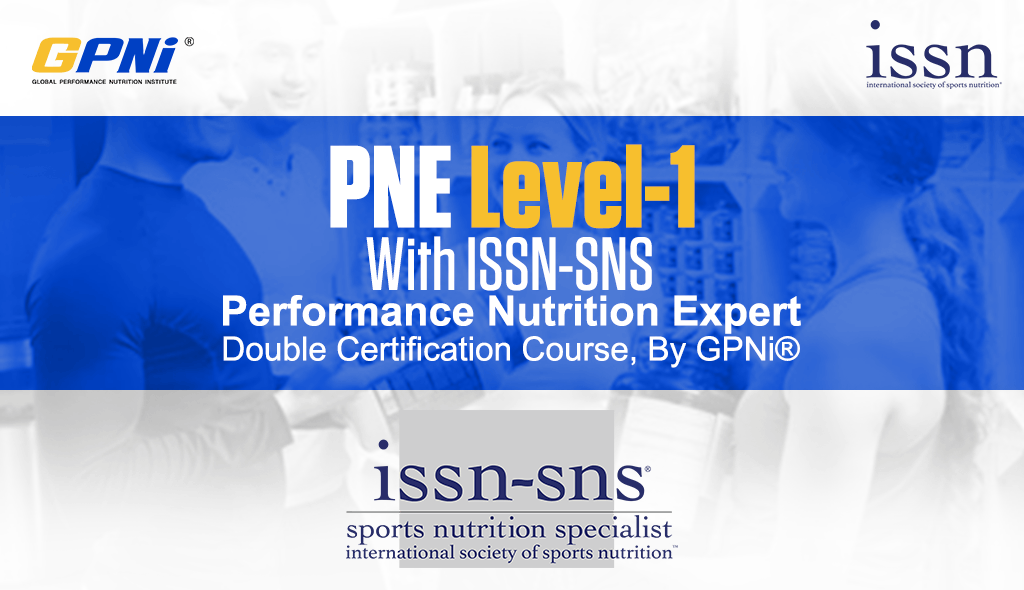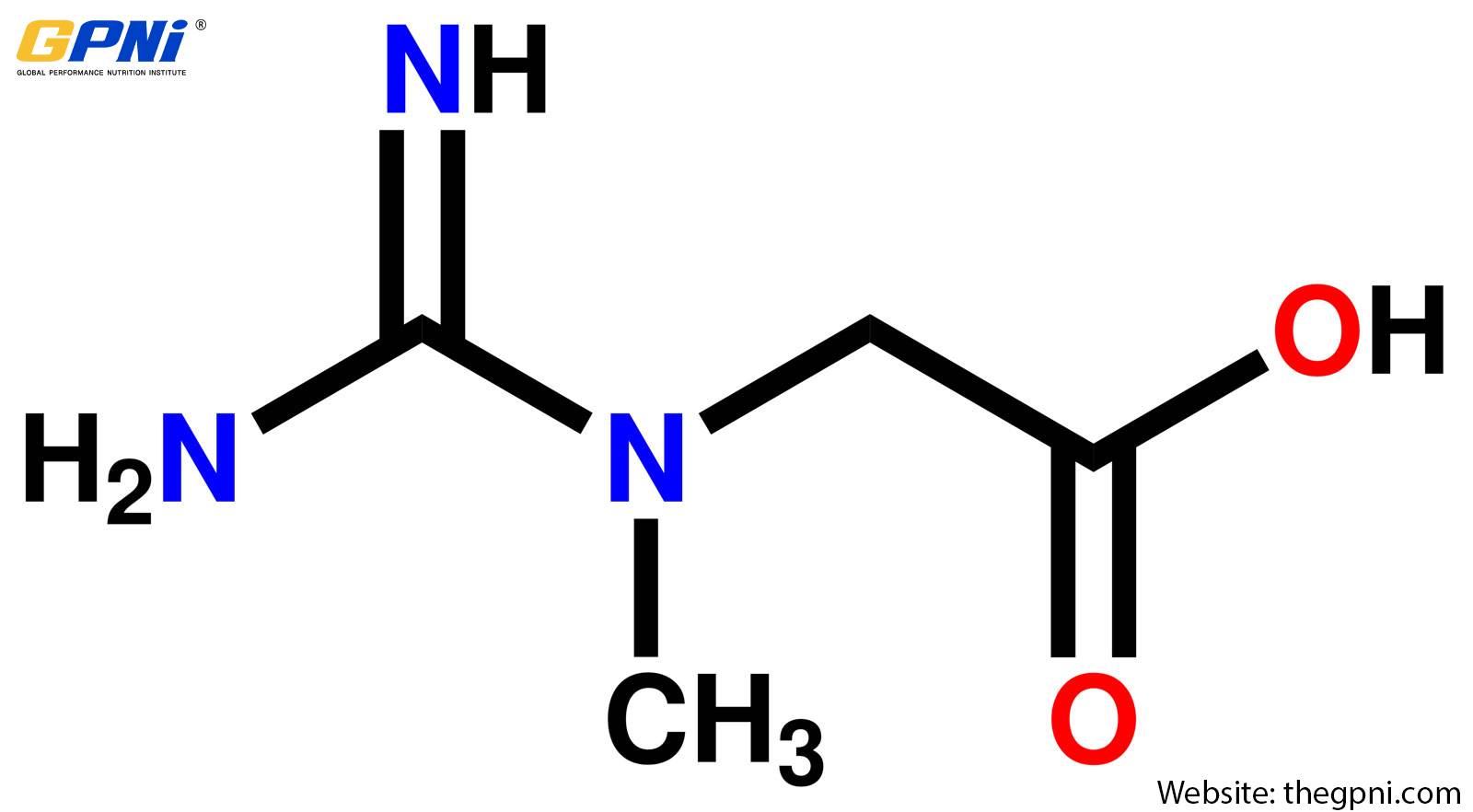
Introduction
Creatine is a naturally occurring molecule primarily stored in skeletal muscle cells. It is also found in the liver, pancreas, testes, and kidneys in much smaller quantities. Among athletes and older adults, creatine is commonly used for improving exercise performance and promoting muscle mass. It is popular with athletes as a nutritional ergogenic aid. Research consistently shows that creatine supplementation increases muscle creatine concentration. This explains the observed improvements in high-intensity exercise performance, which leads to more excellent training sessions. Besides improving athletic performance and exercise capacity, creatine supplementation is vital for post-exercise recovery, thermoregulation, rehabilitation, injury prevention, and concussion recovery.
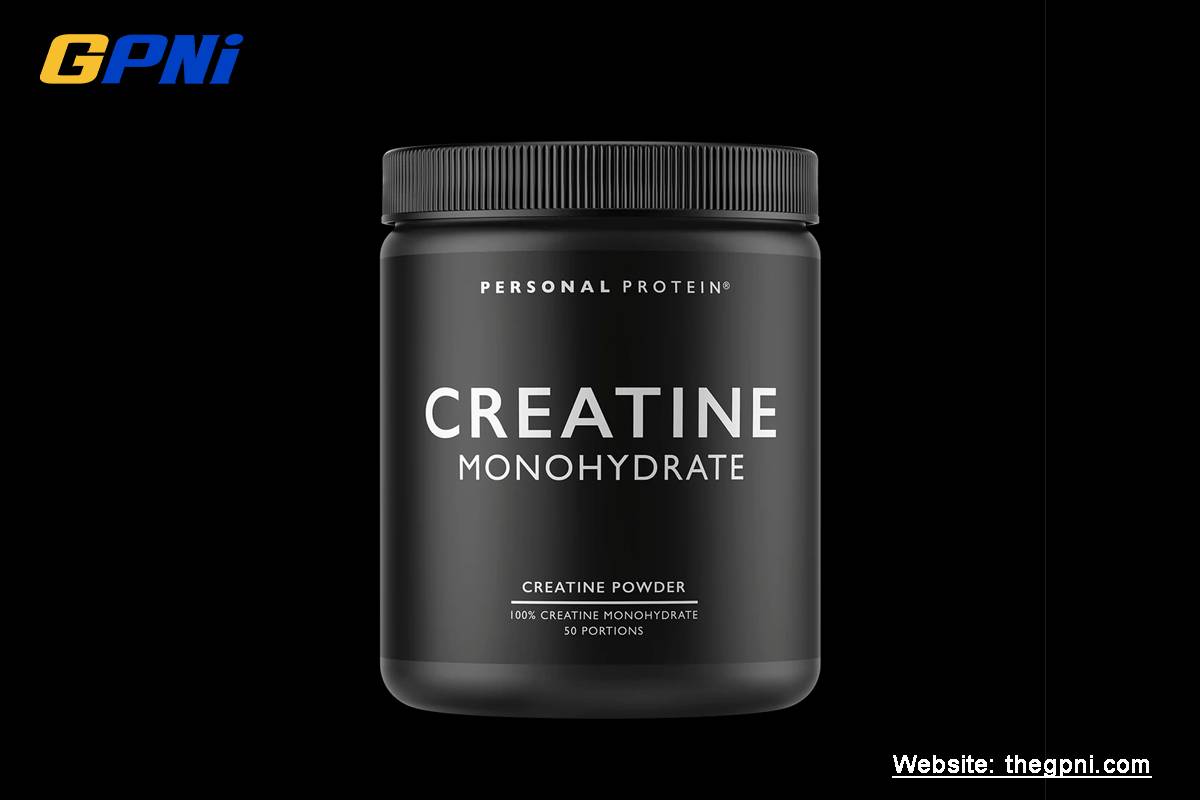
Understanding How Creatine is Made and Its General Supply
Most of the daily creatine requirement is met by food. For example, there are about 1–2 grams of creatine in a pound of raw beef and salmon. The rest is made mainly by the liver: Through transferring an amidine group from arginine to glycine, glycine transaminase produces guanidinoacetic acid. Afterward, the acid is methylated by guanidinoacetate methyltransferase to form creatine.
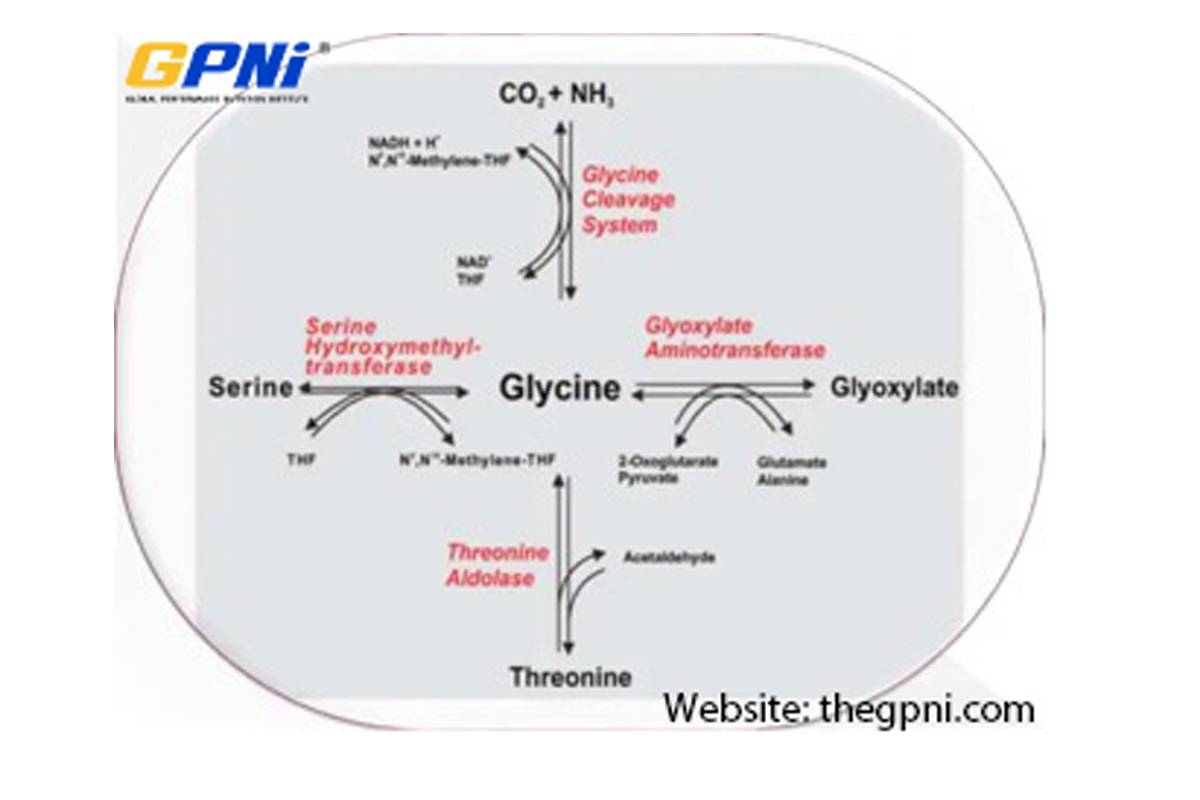
After that, creatine is transported to storage sites, which are primarily located in skeletal muscles. In muscles, approximately 60 to 70% of the creatinine is phosphorylated with adenosine triphosphate to create phosphocreatine, which prevents the molecule from crossing the plasma membrane and keeps it inside the muscle cell. When creatine is ingested through the diet, it is transported to the appropriate storage sites in the intestine.
As a general rule of thumb, for an individual weighing 70 kg, the muscles’ total creatine pool (PCr + Cr) is about 120 mmol/kg. However, one- to two percent of intramuscular creatine is degraded into creatinine (metabolic byproduct), which is excreted in the urine, therefore to keep regular (un-supplemented) creatine reserves, the body must replenish about 1-3 grams of creatine per day, depending on muscle mass.
Creatine Supplementation: History and Protocols

History
In 1992, after the Barcelona Olympic Games, creatine supplements became widely popular. Before it became popular, it was discovered in the 1970s that taking creatine as a supplement could improve physical performance. The supplement is especially popular with high school and college athletes, as well as wrestlers and gymnasts. The dietary supplement is a tasteless crystalline powder that dissolves readily in liquids and has been marketed as either creatine monohydrate or creatine monohydrate with phosphorous.
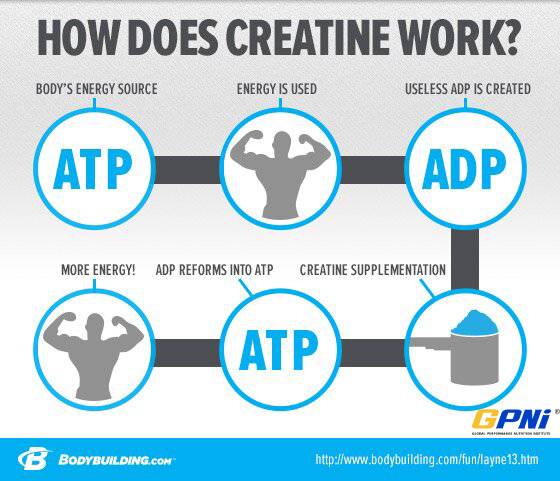
Protocols
Numerous supplementation protocols have been suggested as effective for increasing muscle creatine reserves. Nonetheless, a significant increase in muscle storage is proportional to creatine levels in the muscle before supplementation. It is more common for individuals with low muscle creatine stores, such as those who eat little meat or fish, to experience muscle storage increases between 20 and 40%. In comparison, individuals with relatively high muscle stores may only experience gains of 10 to 20%. The most popular supplementation protocol that most studies and literature describe is the “loading” protocol. An individual who follows this protocol will consume approximately 0.3 grams/kg/day of the CM for 5–7 days (e.g., 5 grams four times per day), followed by 3–5 grams each day after that. This protocol has been shown to increase muscle creatine and PCr stores by 10–40%. There are also suggested supplementation protocols that do not involve a loading phase and “cycling” strategies. A few studies have indicated that protocols without a loading period are enough to increase muscle creatine supply, muscle size, and muscle strength. The protocols work, but they gradually increase muscles’ creatine stores, so the ergogenic effect does not happen quickly.

Function and Uses of Creatine
Generally speaking, creatine is used as an energy source in muscles. Studies have shown that creatine supplementation is effective in the following:
1. Athletic performance
Studies have shown that creatine seems to help in improving athletic performances, particularly in sports such as basketball, jumping, and soccer. It is necessary to note that creatine can easily be found in food, so no sporting organizations prohibit its use. However, some organizations prohibit the provision of some supplements to athletes.

In the field of sport, there have been considerable research and experiments into other applications of creatine that could benefit the industry. As a result, some discoveries have been made, including that creatine can function in the body to enhance recovery from injury, prevent injury at all, and protect the brain and spinal cord, among others. For instance, the Journal of the International Society of Sports Nutrition (ISSN) recorded a study showing that creatine loading before rigorous exercise, along with glycogen loading, resulted in better glycogen recovery than carbohydrate loading alone. Since replenishing glycogen during intensive training is vital to ensure proper healing and prevent overtraining, creatine supplements can be beneficial for athletes depleting a large amount of glycogen during training to maintain adequate glycogen stores. This goes to show the impact of creatine as a medium for enhancing recovery. Another study reported by the Journal of the ISSN noted that athletes who supplemented their diets with creatine experienced significantly less cramping, muscle tightness, heat illness, dehydration, and overall injuries than athletes who did not supplement.
2. Deficiencies in the transport or metabolism of creatine.
People with certain disorders cannot make creatine. As a result, brain creatine levels can drop. Deficiencies of creatine in the brain can cause decreased mental capabilities, seizures, autism, and movement disorders.
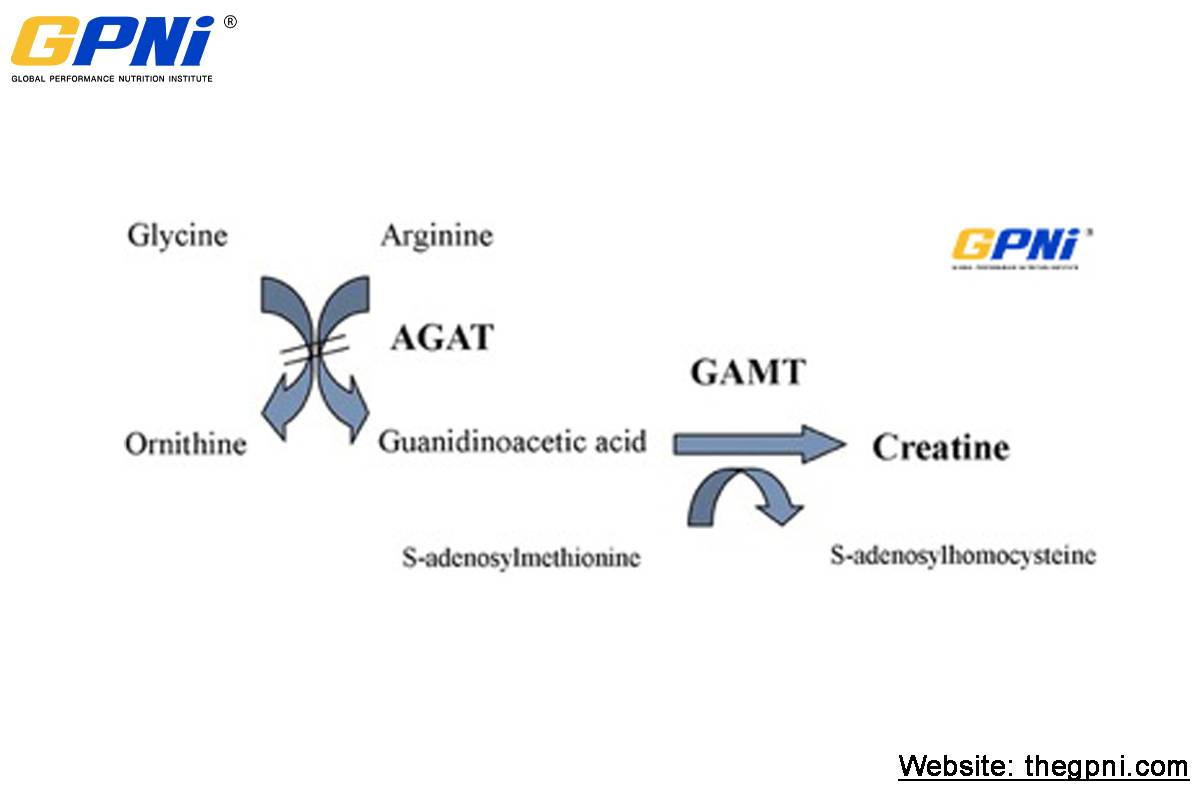
Those who suffer from an enzyme deficiency called guanidinoacetate methyltransferase (GAMT) can benefit from consuming creatine by mouth for up to three years. It can also help improve movement and reduce seizures. Mental capabilities, however, are not enhanced by this. It is also possible for the body not to make creatine if an individual has arginine-glycine amidinotransferase (AGAT) deficiency. Up to 8 years of creatine supplementation appears to improve concentration, language, and mental performance in children with this condition.
3. Aging
Creatine supplementation may improve health status in older adults, according to an expanding body of evidence.

Creatine supplements have been shown to do the following:
- Inhibit the accumulation of liver fat
- Lower homocysteine levels
- Provide antioxidant protection
- Contribute positively to cognitive functioning
- Reduce cholesterol and triglycerides;
- Act as an antidepressant
- Improve glycemic control
- Strengthen or build up muscle mass
- Slow down tumor growth in certain types of cancer
- Reduce bone loss
- Optimize functional capacity in patients suffering from knee osteoarthritis and fibromyalgia
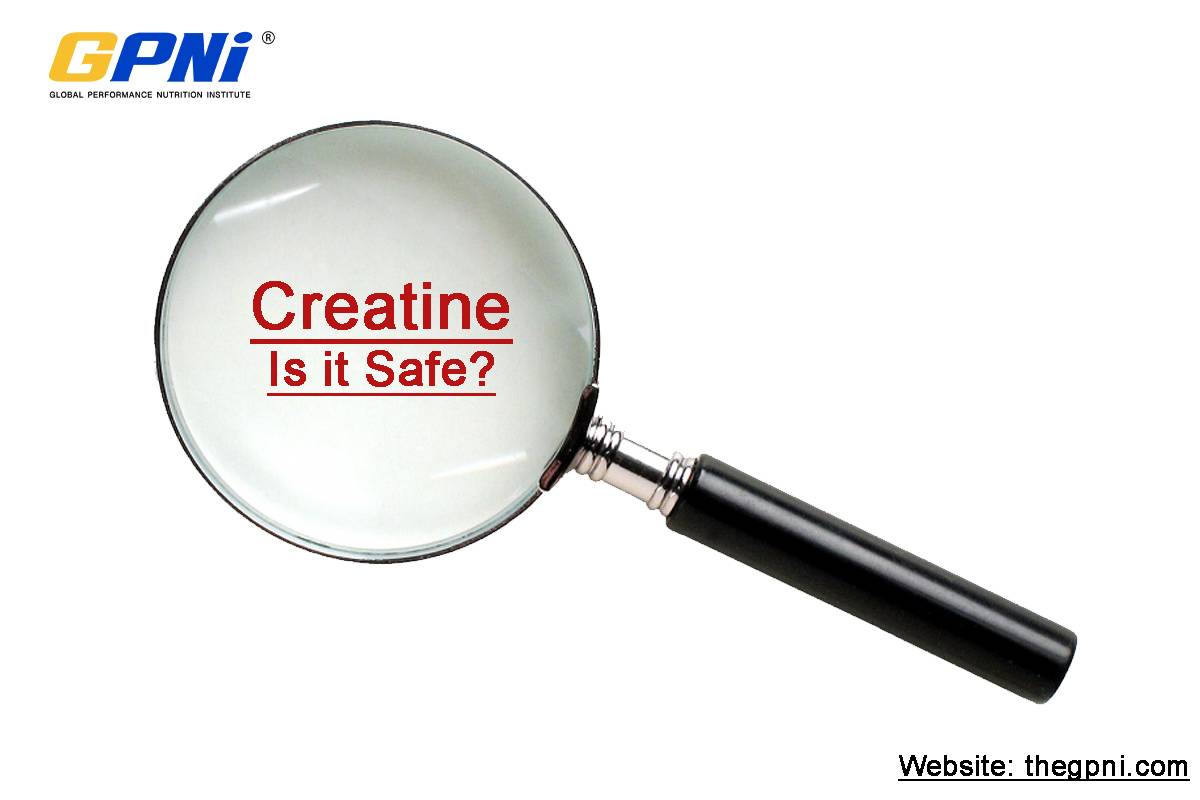
Examining the Safety of Creatine Supplement
One question that is constantly on the table of experts like us at Global Performance Nutrition Institute (GPNi®) deals with the safety of creatine supplements. The simple answer is that science points to the fact that it is safe.

Interestingly, the ISSN (International Society of Sports Nutrition), has published a stand on the matter after careful research. It expressly stated that the supplementation of creatine monohydrate is safe and may even prove beneficial in preventing injury or managing medical conditions when taken according to recommended guidelines. Moreover, there is no scientific evidence of any detrimental effects of long- or short-term use of creatine monohydrate in otherwise healthy individuals.
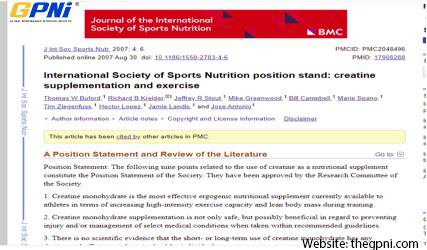
Continue reading here: https://www.ncbi.nlm.nih.gov/pmc/articles/PMC2048496/#B82
Numerous studies have been conducted on creatine monohydrate since it was introduced as a dietary supplement in the early 1990s, and the only consistent side effect mentioned is weight gain. Studies with healthy and diseased populations have consistently shown that creatine supplementation poses no health risks and can have several beneficial effects, from reduced injury to better athletic performance, when taken for up to 5 years with 0.3-0.8g/kg daily dosage. Moreover, assessments of adverse event reports available on dietary supplementation, including descriptions of adverse events in pediatric populations, found that creatine was rarely mentioned and was not repeatedly associated with adverse effects.
All the claims about the adverse side effects of creatine have come from unproven and unfounded reports by the media, and they have all been refuted by comprehensive and elaborate clinical tests and studies. A popular one is that creatine supplementation has a negative effect on renal function, mainly because of higher serum creatinine levels in association with CM supplementation. However, even though creatinine contributes to GFR and must be excreted by the kidneys, there is no evidence to suggest that normal creatine intakes (25 g/d) in healthy adults cause renal malfunction. Quite simply, the scientific truth of the matter is that creatine is safe.

Conclusion
Creatine helps strengthen the muscles and has been very beneficial to athletes and the world of healthcare. Creatine supplementation remains one of the most extensively studied and effective nutritional products, and all the scientific facts say that it is safe when taken within established guidelines.
REFERENCES & RESEARCH
https://jissn.biomedcentral.com/articles/10.1186/s12970-017-0173-z
https://www.healthline.com/nutrition/what-is-creatine
https://www.ncbi.nlm.nih.gov/pmc/articles/PMC2048496/#B82
https://www.webmd.com/men/creatine
https://www.webmd.com/vitamins/ai/ingredientmono-873/creatine

